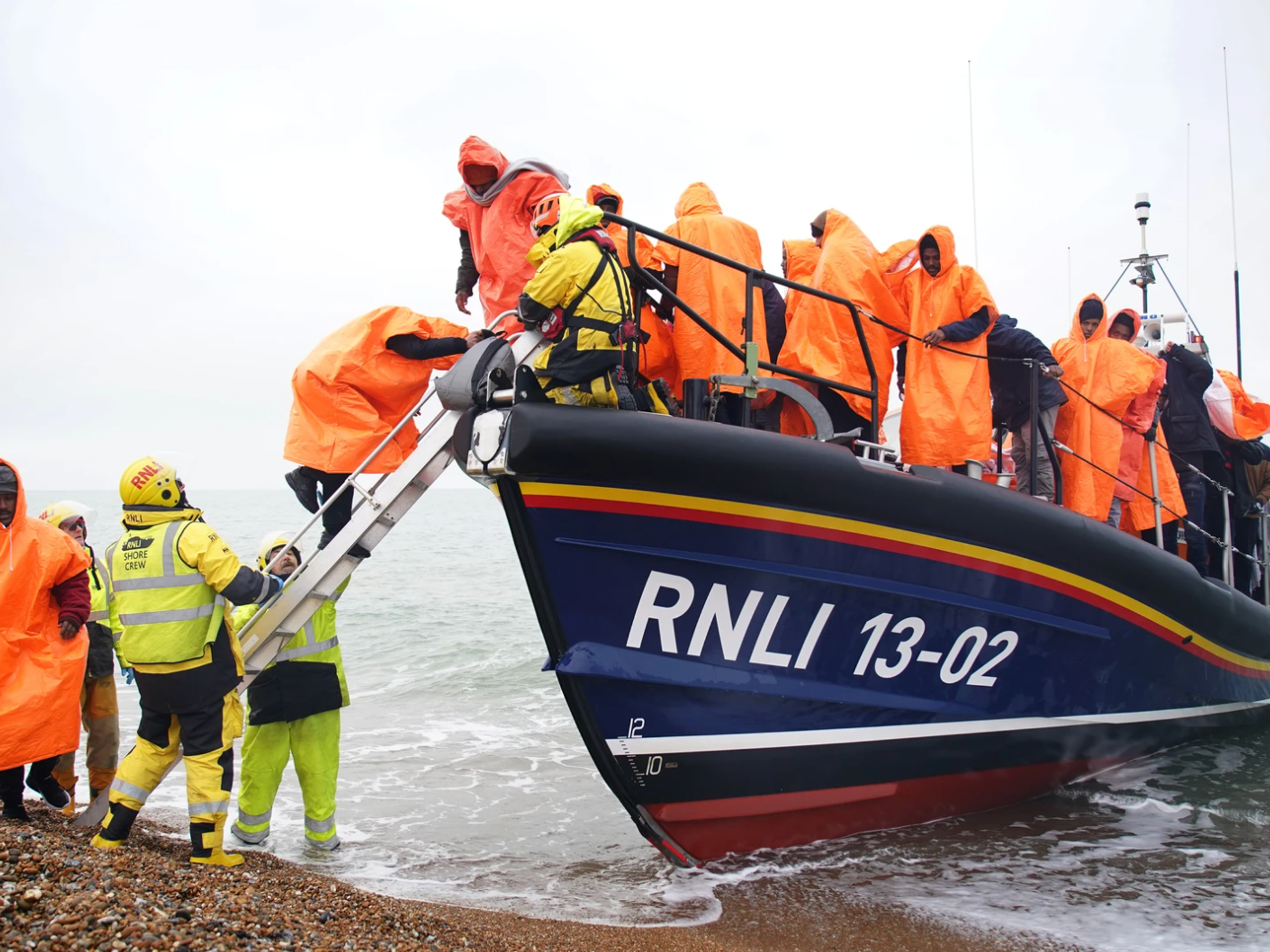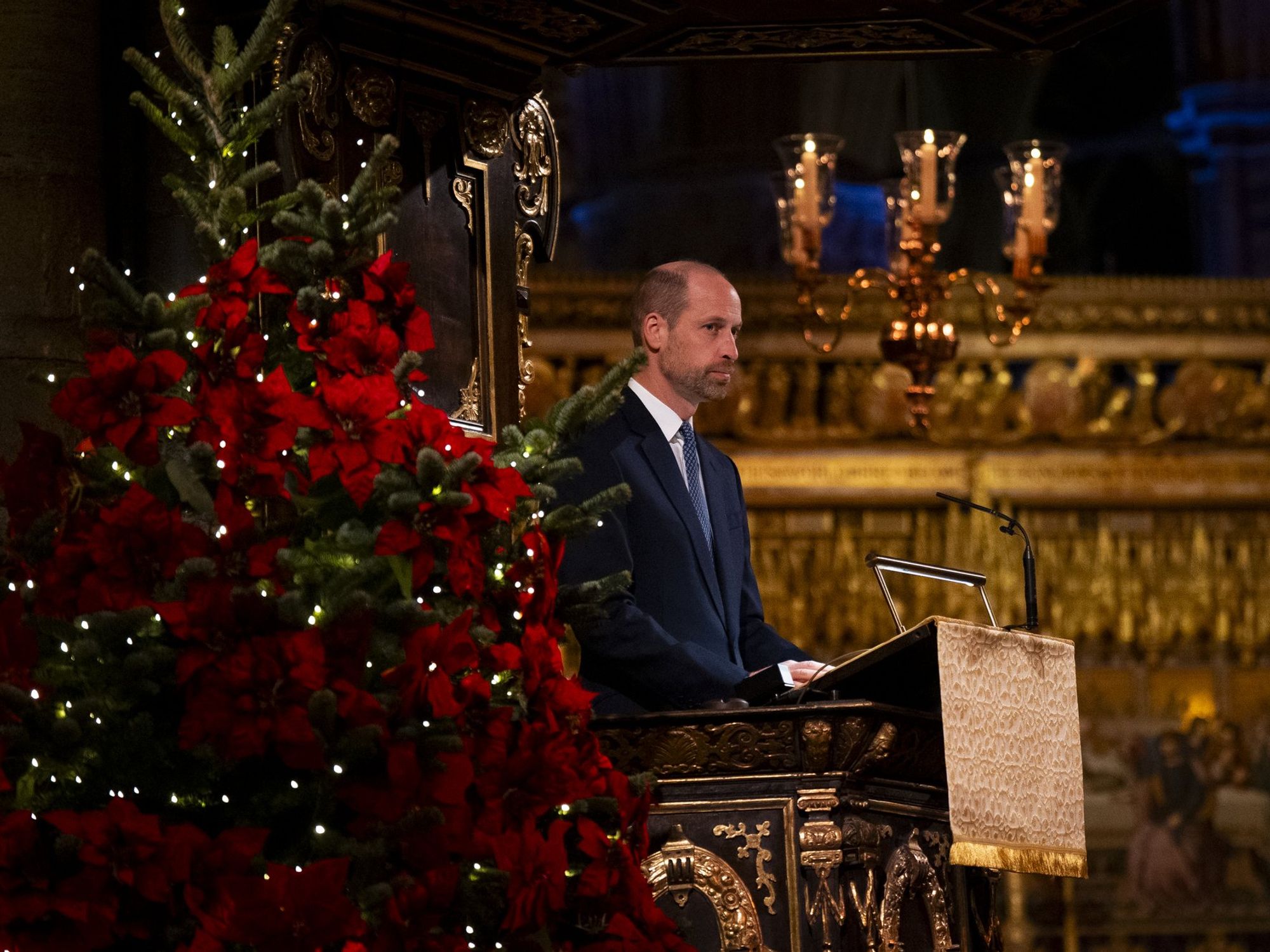Royal Navy looking at nuclear-powered surface warships enabling vessels to stay at sea for years
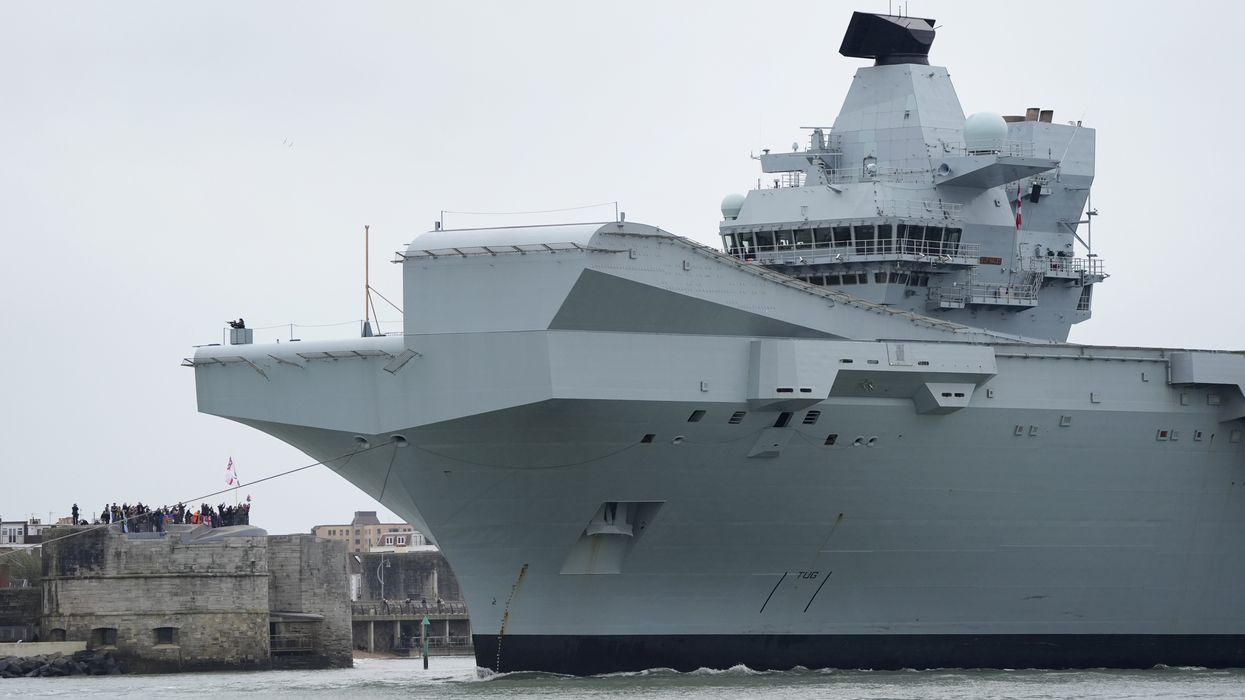
Royal Navy aircraft carrier HMS Prince of Wales | PA

The Ministry of Defence (MoD) has issued a Request for Information (RFI) for updates on an advanced nuclear technology
Don't Miss
Most Read
Nuclear-powered surface ships that could stay at sea for years are part of new plans by the Royal Navy.
The Navy has asked the defence industry to explore nuclear power on its surface ships as part of what is understood to be a "long-term" plan.
Currently, nuclear propulsion is only used on submarines in the UK, but the Ministry of Defence (MoD) has issued a Request for Information (RFI) for updates on the use of Generation IV, an advanced nuclear technology.
Former Navy commander Tom Sharpe described the RFI as "prudent planning" by the MoD, although cautioned the costs behind such a development.
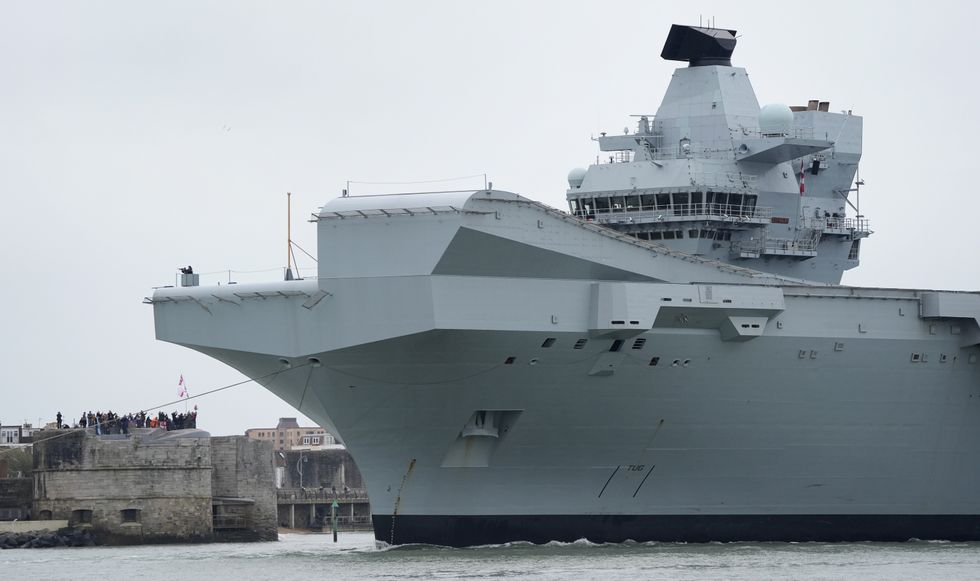
Royal Navy aircraft carrier HMS Prince of Wales
|PA
He told The Telegraph: "It isn’t about building a fleet of nuclear-powered cruisers any time soon...That there is someone in a corner of the Naval Headquarters looking this far ahead, and not getting consumed by the day-to-day running of the fleet, is good news.
"Nuclear power in ships is all about cost vs operational gains....In submarines, the gains are massive, which is why many are powered that way. In surface ships the operational gain is much less and so cost comes in earlier."
The Royal Navy’s two aircraft carriers, HMS Queen Elizabeth and HMS Prince of Wales, cost £3billion each and are powered by gas and diesel engines. However, both ships have been hit by malfunctions since they launched.
HMS Queen Elizabeth was forced to pull out of the largest Nato exercise since the Cold War in February due to an issue with a propeller shaft and in 2022, HMS Prince of Wales was forced to pull out of exercises with the US Navy after breaking down off the Isle of Wight due to a similar malfunction.
LATEST DEVELOPMENTS
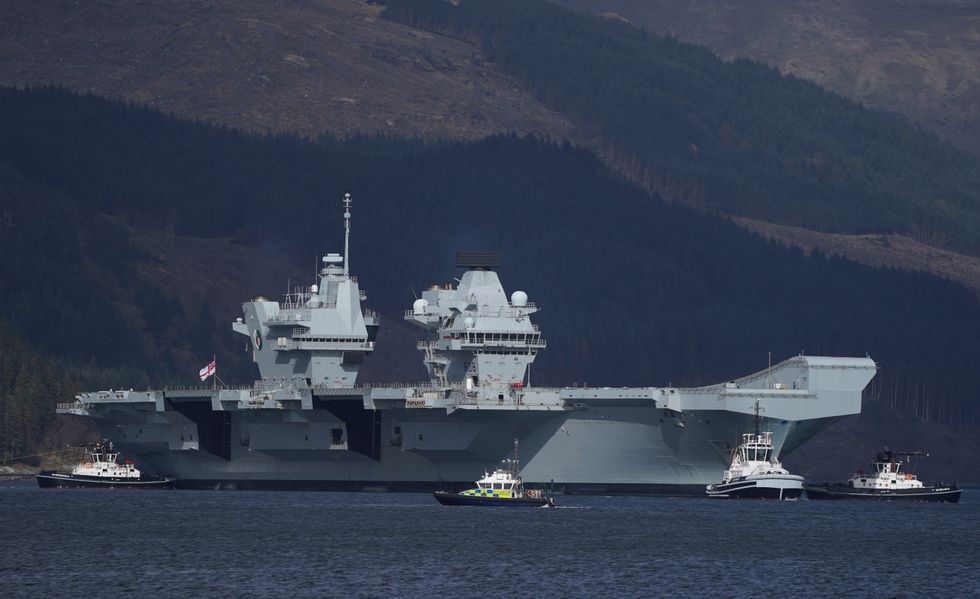
The Royal Navy aircraft carrier HMS Queen Elizabeth
|PA
According to the UK Defence Journal, the MoD’s request is an information-gathering exercise conducted in line with the Defence and Security Industrial Strategy (DSIS).
The RFI, which has a deadline of October 8, adds: “The primary objective is to gather detailed information on GEN-4 nuclear-reactor designs, their feasibility for large surface ships (including support vessels and surface combatants), and the potential benefits and challenges associated with their use.”
However, Navy expert Pete Sandman, said he doubted the UK will see a nuclear-powered vessel in the near future.
He said: "Nuclear propulsion comes with enormous overheads, maintenance, regulations and once you go nuclear things become way more expensive and complicated.
"You have nuclear regulatory bodies, people have to be trained to a very high standard and have 24-hour watches. Although infinite power comes with lots of downsides, for a surface ship, the case is less clear cut."
It comes as the Government’s “Net Zero Strategy”, published in 2021, reinforced the importance of nuclear in the UK’s energy as it transitions to net zero by 2050.
The US has a number of nuclear-powered aircraft carriers, including Nimitz and Gerald R. Ford-class ships. France’s Charles de Gaulle carrier is also nuclear-powered.
Sharpe added: “There is a gross tonnage above which this ratio changes in favour of nuclear propulsion, and it’s about 80,000 tonnes. This is why US carriers at 100,000 tonnes have it and ours, at 65,000 tonnes do not.”







